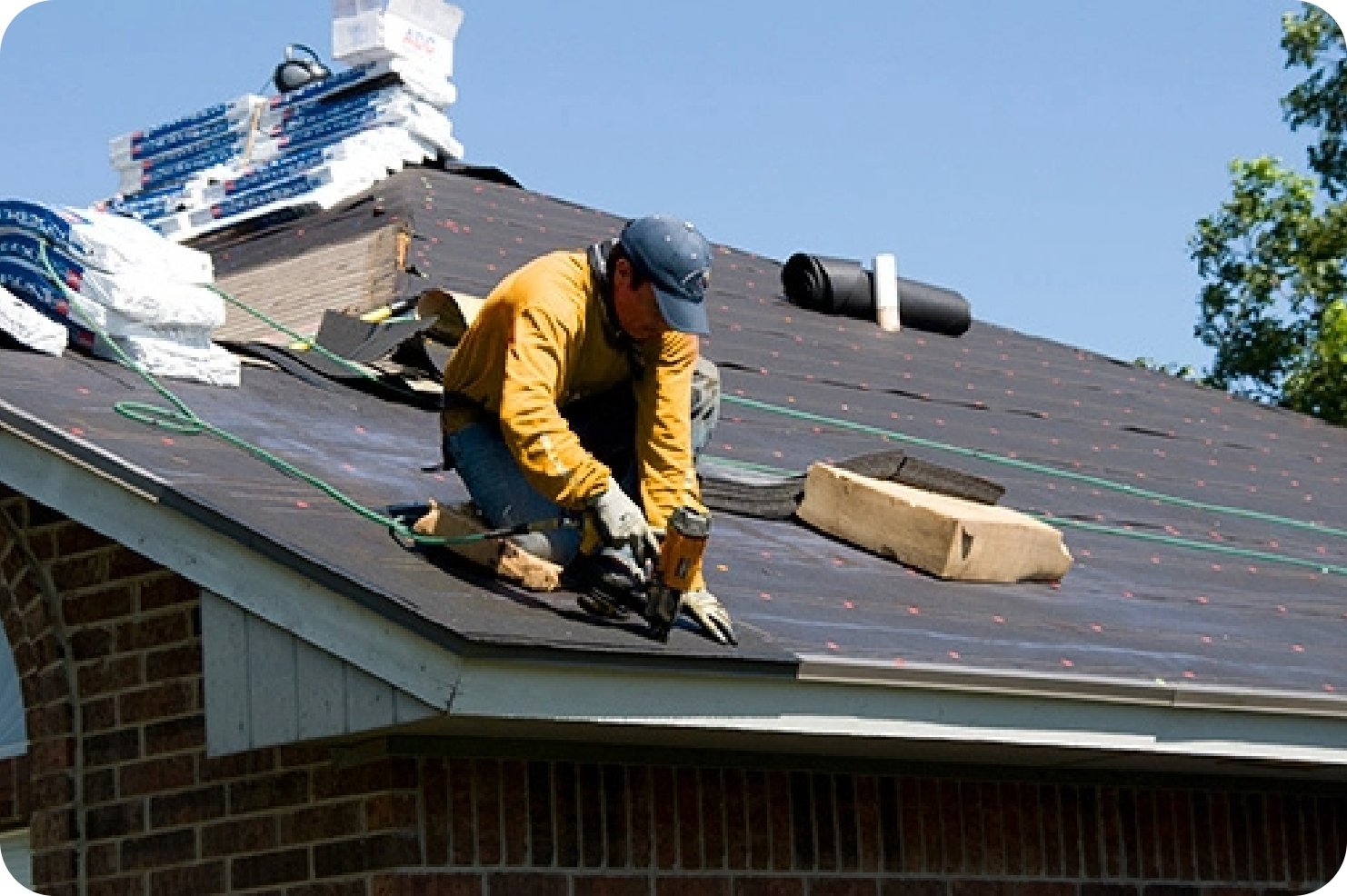Pulse of Information
Your source for the latest insights and updates.
When Rainfalls, Will Your Roof Stand Tall?
Is your roof ready for the next storm? Discover how to keep it strong and safe when it rains! Don't let leaks ruin your home!
Top Signs Your Roof Needs Repair Before the Next Rainfall
As storm clouds gather and rainfall approaches, it's crucial to assess the condition of your roof. One of the top signs your roof needs repair is the presence of water stains on your ceilings or walls. These stains often indicate leaks that can worsen with the next downpour. Additionally, if you notice sagging or bowing in your roofline, it signals potential structural damage that requires immediate attention to prevent further complications.
Another important indicator is the condition of your shingles. If you observe missing, cracked, or curled shingles, these are clear signs that your roof may not withstand the upcoming rain. Furthermore, check for granule loss in your gutters; excessive granules suggest that your shingles are deteriorating and can lead to leaks. Addressing these top signs your roof needs repair now can save you from costly damages in the future.

Understanding Roof Material Durability: What to Choose for Stormy Weather
When it comes to selecting roofing materials, durability should be a top priority, especially in areas prone to storms. Various materials offer different levels of resilience against harsh weather conditions. For instance, metal roofing has gained popularity due to its ability to withstand high winds and heavy rain, making it a reliable choice for stormy weather. Other materials like asphalt shingles may be cost-effective, but they typically have a shorter lifespan and can be more vulnerable to severe weather impacts.
Before making a decision, it's essential to consider factors such as the climate in your area, the lifespan of the materials, and their resistance to elements like hail, wind, and heavy rainfall. Below are some of the most common roofing materials and their durability ratings:
- Metal Roofing: Highly durable, can last 50 years or more.
- Tile Roofing: Resistant to wind and rain, typically lasts 30-50 years.
- Asphalt Shingles: Lasts about 20-30 years but may need frequent repairs in stormy conditions.
By understanding the strengths of different roofing materials, homeowners can make informed choices that enhance their property's resilience during adverse weather.
How to Prepare Your Roof for Heavy Rain: Essential Maintenance Tips
Preparing your roof for heavy rain is crucial to prevent water damage and costly repairs. Start by inspecting your roof for any visible signs of wear and tear. Essential maintenance tips include checking for missing or damaged shingles, as these can allow water to seep through. Additionally, inspect the flashing around chimneys and vents, ensuring they are securely sealed. It’s also wise to clean out gutters and downspouts to ensure proper drainage. Blocked gutters can lead to water pooling on your roof, increasing the risk of leaks.
Once you’ve identified and addressed any immediate issues, consider scheduling a professional roof inspection. Experts can spot underlying problems that may not be visible to the untrained eye. Essential maintenance tips also involve trimming back any overhanging branches that might scrape against the roof during storms. Finally, not only should you prepare your roof, but also ensure your attic is properly ventilated to prevent moisture build-up, which can lead to mold growth.